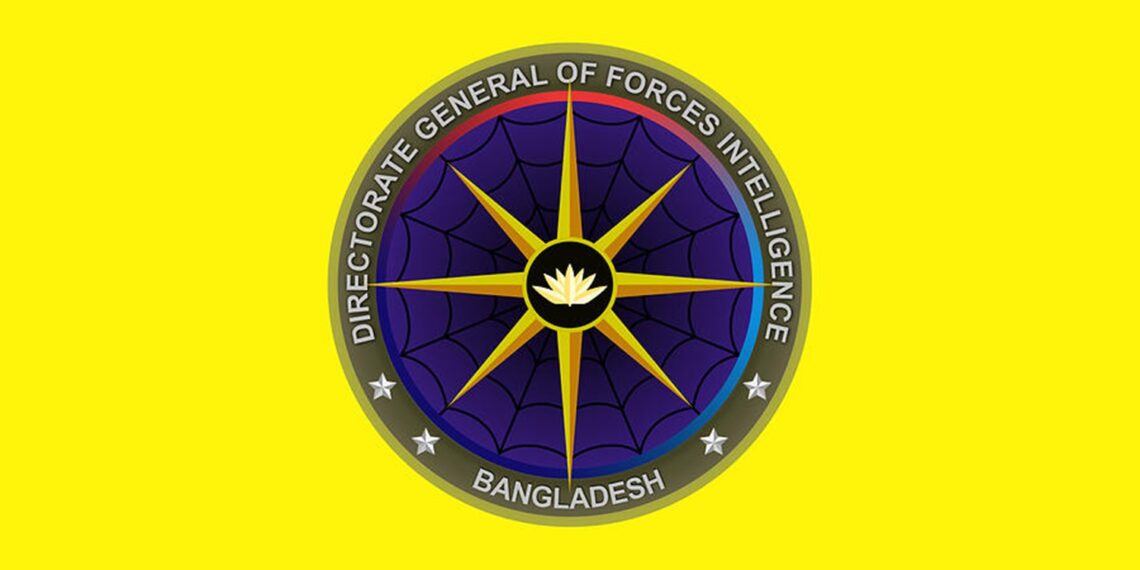The Parbattya Chattagram Jana Samhati Samiti (PCJSS) leader Jyotirindra Bodhipriya Larma aka Santu Larma met senior officers of the Bangladesh army and the Directorate General of Forces Intelligence (DGFI) at the Rangamati brigade headquarters two days before four young Pahari Chhatra Parishad (PCP) and United People’s Democratic Front (UPDF) “overground” activists were killed by Bangladesh army troops on December 11.
Well-placed sources in both Indian and Bangladeshi security services revealed to Northeast News that Santu Larma, who once headed the Chakma Shanti Bahini insurgent group till it was disarmed in 1997, met Bangladesh army and DGFI officers on December 9 morning when he sought their help in getting rid of the four UPDF activists who had actively sought to “expose” Larma’s attempts at procuring weapons from Pakistan, China and Myanmar.
Larma, according to sources based in Bangladesh’s Chittagong Hill Tracts (CHT), had been trying to procure weapons for the PCJSS from Pakistan, China and even insurgency-ridden Myanmar since last year, with Bangkok as a key “meeting ground” for clandestine meetings aimed at advancing weapons sales.
A few days after the four UPDF activists were killed, the Chakma Development Foundation of India (CDFI) named four Bangladesh army officers, Chittagong Division General Officer Commanding Major General Nayem, Brigade Commander Brigadier General Mohammad M H Chowdhury, Colonel Abul Hasnat Jewel and Major Zobayed Mohammad as the ones who led the action at Anil Para village in Khagrachari district on December 11 night.
ALSO READ How Bangladesh DGFI, NSI and SB forced Jatiya Party (Ershad) to contest elections
The four Chakma youth have been identified as Bipul Chakma, Liton Chakma, Sunial Bikash Tripura ad Rohin Bikash Tripura.
Besides the officers, other troops of the Bangladesh army’s 203rd Infantry Division were involved in the killings.
Three other Chakma activists are said to have been captured by the soldiers and their whereabouts are still not known.
While the killings were a consequence of rivalry between the PCJSS and other Chakma movement factions, Santu Larma’s meeting with the Bangladesh army and DGFI officers has brought into sharp focus his clandestine meetings with Pakistani and Chinese contacts in Bangkok.
According to some security sources, Santu Larma’s US-based granddaughter is suspected to be spearheading fund-raising and developing links with international organisations in that country.
Besides, Santu Larma, who is about 80 years old, has extensive networks with the Kuki-Chin National Front (KNF) or the Bawn Party which in turn has links with the Myanmarese rebel outfit Karen National Union (KNU) and its military wing, the Karen National Liberation Army (KNLA).
Since the Bangladesh army stepped up anti-insurgency operations in and around the CHT in June 2023, which forced the KNF into a ceasefire in July this year, at least 1,500 of the group’s cadres have entered India and taken shelter in Mizoram.
The KNF claims to represent the Bawm, Pankhwa, Lusai, Khiang, Mro and Khumi ethnic groups with the first being the predominant.
Over the last couple of years, Santu Larma’s PCJSS has been able to expand itself with 300-500 armed insurgents in Rangamati and Bandarban.
ALSO READ How DGFI, govt officials acted in tandem to oust a B’Desh bank board in 2017
Bangladesh security agency sources said that Santu Larma is suspected to have held several meetings with remnants of the KNF in undisclosed locations in CHT. They added that Santu Larma also maintains “some contacts” with elements of the Myanmarese Arakan Army.
According to reports originating in CHT, Santu Larma developed links with not only the Myanmarese insurgents groups but also the Myanmar army as far back as 2017-2018.
One of the main persons designated by Santu Larma to establish contacts with the Myanmar army was Kulotom Chakma from Khagrachari in CHT. Kolotom Chakma, who is married to a Chinese lady, now lives in Australia.
While the Bangladesh army and the DGFI were familiar with Santu Larma’s attempts to bring in weapons for his outfit and even funded a few rival outfits, they could not altogether prevent his rebel activities. Santu Larma allegedly used the services of his son-in-law Pradhir Talukdar on weapons acquisition missions to Myanmar in 2022.
ALSO READ Why Bangladesh businessman Md Saiful Alam ticks: DGFI, 6 banks and a web of contacts
In March 2022, Talukdar crossed into Myanmar at the Moreh border and is said to have established contact with at least one Manipuri rebel group for facilitation of weapons supplies.
In May 2023, Santu Larma reportedly met the Myanmar envoy to India, Moe Kyaw Aung, in Delhi in May 2023 when he supposedly proposed bringing in weapons via the Rakhine State which is on the northwestern borders of the Chittagong Division.
He reportedly also proposed bringing in weapons via Myanmar’s Chin State (north of Rakhine State) to India’s Mizoram and through Nagaland.
The responsibility for this “mission” was given to Loyal David Bawm of the Chittagong Regional Council. Loyal David has some links in Megalaya and is said to have contacts with at least one large Naga insurgent groups that is in peace talks with the Indian government.















